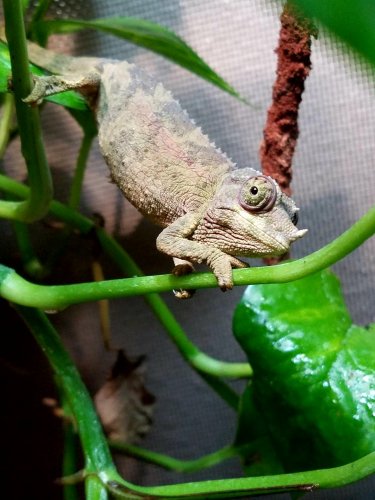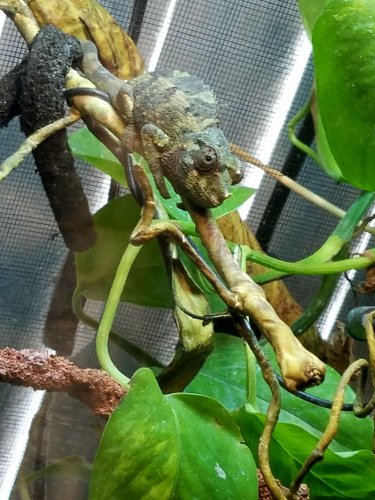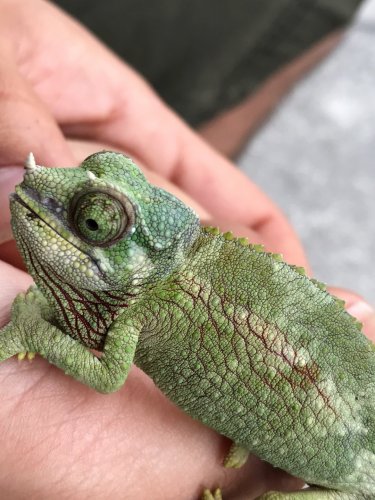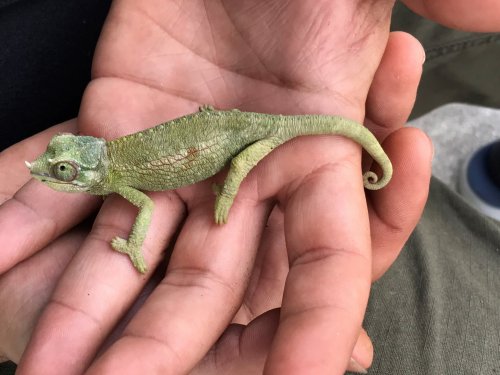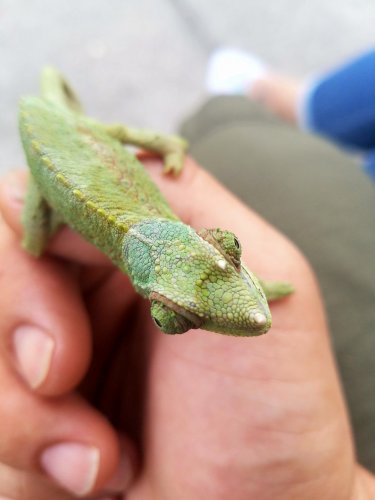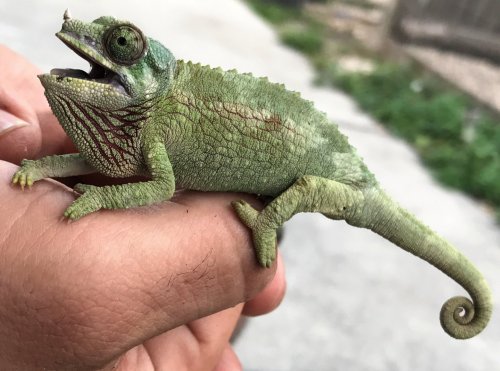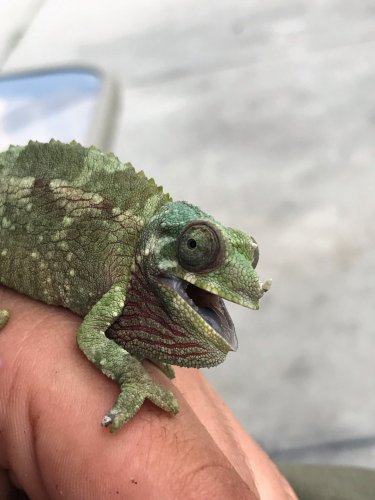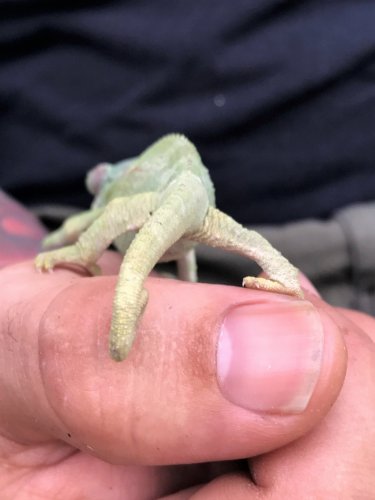ScrantonStrangler
Member
Hey guys..this site has been a godsend to my chameleon and I, so much helpful info..now I just have a question lol
Do jacksons horns grow at the same rate? I've had my little guy for a few weeks now and have noticed that his middle and 1 eye horn are growing slowly, while his other eye horn is nowhere to be found..
When I first got him..about a month ago..his visible 'eye horn' (I know there's a proper term for this sorry lol) was just breaking through..now about 4 weeks later he's gone through his first shed..that same eye horn has been coming out more significantly while the 3rd eye horn can't even be seen breaking out. Not sure if this is common.
The first picture is one of the very first pics I have of him when he got home...the second and third are about halfway through when he started shedding, and the fourth pic is today. Thanks all!!
Edit: Words
Do jacksons horns grow at the same rate? I've had my little guy for a few weeks now and have noticed that his middle and 1 eye horn are growing slowly, while his other eye horn is nowhere to be found..
When I first got him..about a month ago..his visible 'eye horn' (I know there's a proper term for this sorry lol) was just breaking through..now about 4 weeks later he's gone through his first shed..that same eye horn has been coming out more significantly while the 3rd eye horn can't even be seen breaking out. Not sure if this is common.
The first picture is one of the very first pics I have of him when he got home...the second and third are about halfway through when he started shedding, and the fourth pic is today. Thanks all!!
Edit: Words
Attachments
Last edited:

